
content, reviewed by leading industry experts and seasoned editors. Ad Disclosure
At DC Fintech 2025, Ripple chief executive Brad Garlinghouse cast the company’s post-litigation posture as unapologetically expansionary, arguing that US policy winds have shifted from “very strong headwinds to pretty strong tailwinds” and that the industry is closer to durable clarity than at any point since the SEC’s enforcement-led approach took hold.
Ripple Aims For US Crypto Leadership
“We’re going to continue to play offense,” he said, framing Ripple’s near-term priorities across payments, custody and stablecoins and highlighting an acquisitive stance that now includes a $1.25 billion purchase of prime broker Hidden Road and a $200 million acquisition of enterprise stablecoin provider Rail. He added that more announcements are imminent: “We think now is the time to invest.”
Garlinghouse situated that confidence in the political turn he sees in Washington following Ripple’s courtroom victory. He described the company as “the tip of the spear in the Biden administration’s attack on crypto through the SEC,” but argued the fight elevated Ripple’s standing and catalyzed industry mobilization on the Hill.
Pointing to the House passage of the Clarity Act with cross-party support, he said, “The Clarity Act passed the House with like 78 Dems coming over to support a Republican bill, which I think is indicative of the desire for these technologies to be embraced.” While he declined to handicap the Senate, he emphasized the momentum is bipartisan and technology-driven rather than ideological: “This topic should never have been partisan. It’s almost like saying one side’s pro-email and the other’s anti-email.”
The CEO’s sharpest language targeted the SEC’s previous posture under Chair Gary Gensler, which he portrayed as counterproductive for innovation and consumer protection alike. Citing the judge in Ripple’s case, Garlinghouse said, “A federal judge said about the Gensler SEC, ‘they are not following a faithful allegiance to the law.’ That’s pretty damning for a federal judge who happened to be appointed by Obama.”
He added, “I definitely don’t think we’ll go back to that. Frankly, I think that was a dark day for technology in the United States,” arguing regulation-by-enforcement pushed activity offshore “where ironically it’s less regulated and there’s fewer consumer protections.”
Ripple Has A CEO, XRP Not
Garlinghouse repeatedly contrasted Ripple, a private company that “raised venture capital and issued stock,” with XRP, “an open source technology that is kind of native to our products.”
Responding to persistent misconceptions, he said: “People will say things like, well, XRP has a CEO. And I’m like, who is it? Ripple has a CEO — that’s me. There are scores, if not a hundred other CEOs building around the XRP ecosystem.”
He stressed that Ripple does not control the XRP Ledger’s rule-set: “There have been amendments passed to the XRP open source technology that we opposed — and they still passed. That’s okay. That’s open source technology,” noting that ledger amendments require 80% community approval.
Ripple’s Push For A Fed Master Account
On banking access, Garlinghouse urged regulators and incumbents to match compliance expectations with equal access to core infrastructure. “Hold traditional finance accountable,” he said. “Yes, the crypto industry should be held to the same standard as AML, KYC, OFAC. Yes, yes, yes. And we should have the same access to infrastructure like a Fed master account. You can’t say one and then combat the other. That’s disingenuous.”
He confirmed Ripple has applied for a national bank charter and argued that granting master accounts to firms like Circle and Ripple would “de-risk stablecoins,” provided they are “held to the same regulatory standards as a bank.” He also said Ripple launched its stablecoin “under a New York trust license,” calling it “the gold standard” for the institutional clientele the company targets.
The practical constraint for cautious banks, he suggested, is the absence of fully codified law, even as agency postures evolve. He cited recent bank-side engagement “around stablecoins for sure” and said “the Genius Act obviously helped,” while acknowledging some institutions remain wary of policy reversals in future election cycles.
Nonetheless, he argued time is working in crypto’s favor and that codification, when it comes, will accelerate participation. “The more time that goes by, the better I think it is for the industry, period,” he said, adding that Ripple’s court clarity immediately spurred building “in and around the XRP ecosystem.”
Garlinghouse framed the broader policy debate as a competition for fintech leadership. “The US leaned into the Internet in the late 90s. We’ve leaned out in blockchain. It doesn’t make sense to me,” he said, noting entrepreneurs already choose jurisdictions with clear rules such as Europe’s MiCA or the UK’s regime.
He urged Congress to end “regulation through enforcement” in favor of predictable frameworks so that “consumers are protected” and companies “know how to operate,” stressing that “the vast, vast, vast majority of entrepreneurs I know in crypto want to play by the rules.”
He also recounted the practical consequences of the prior policy climate, saying it was once “very, very hard” for major banks to engage and that he himself had been “debanked by Citibank during the last four years.” The upshot, he argued, was a frozen US market while international clients pressed ahead, a dynamic he illustrated with an arresting statistic: “One quick data point is 80 percent of Ripple’s hiring between 2001 and 2004 [sic] was non-US, because that’s where our customers were.”
Today, he believes the “ship has sailed” on crypto’s permanence in the US financial system. “You can’t put the genie back in the bottle,” he said. “This tsunami is still coming. And I don’t think there’s anything the US federal government is going to do to stop that.”
At press time, XRP traded at $2.42.
 XRP stabilizes above the 0.382 Fib, 1-day chart | Source: XRPUSDT on TradingView.com
XRP stabilizes above the 0.382 Fib, 1-day chart | Source: XRPUSDT on TradingView.comFeatured image from YouTube, chart from TradingView.com

Editorial Process for bitcoinist is centered on delivering thoroughly researched, accurate, and unbiased content. We uphold strict sourcing standards, and each page undergoes diligent review by our team of top technology experts and seasoned editors. This process ensures the integrity, relevance, and value of our content for our readers.

.jpeg)
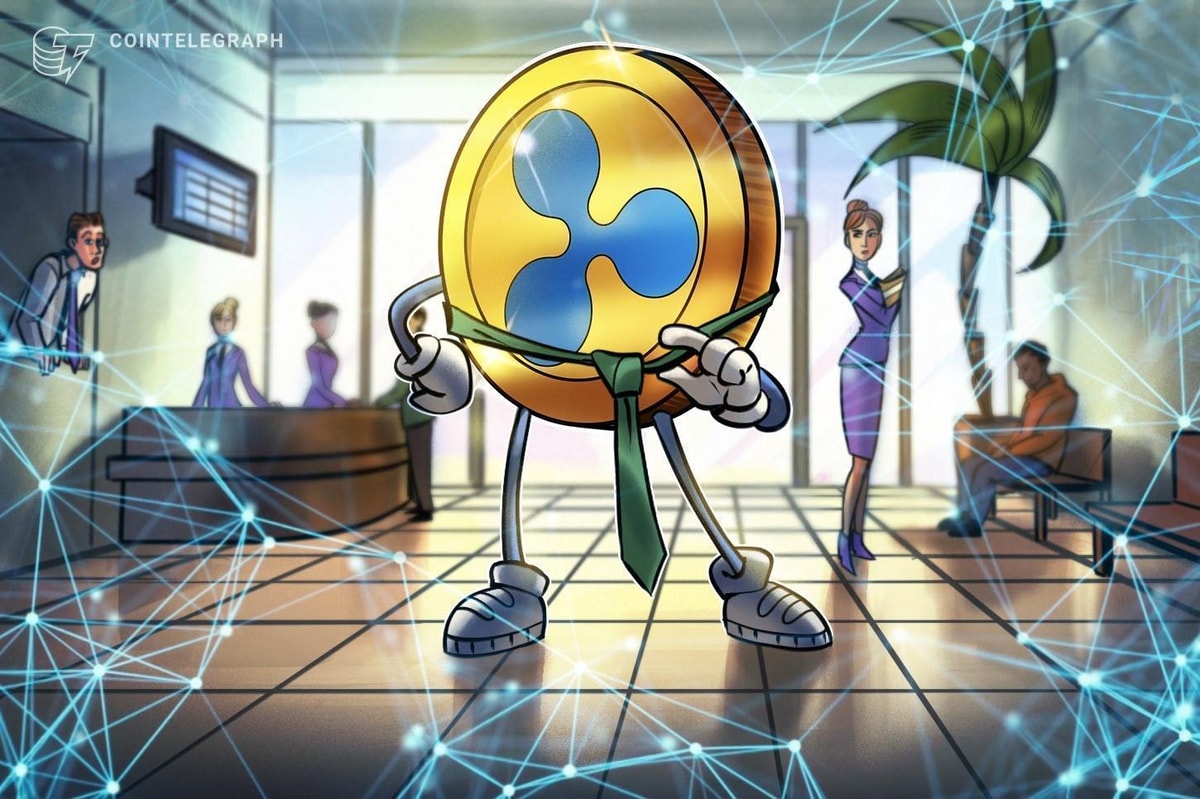
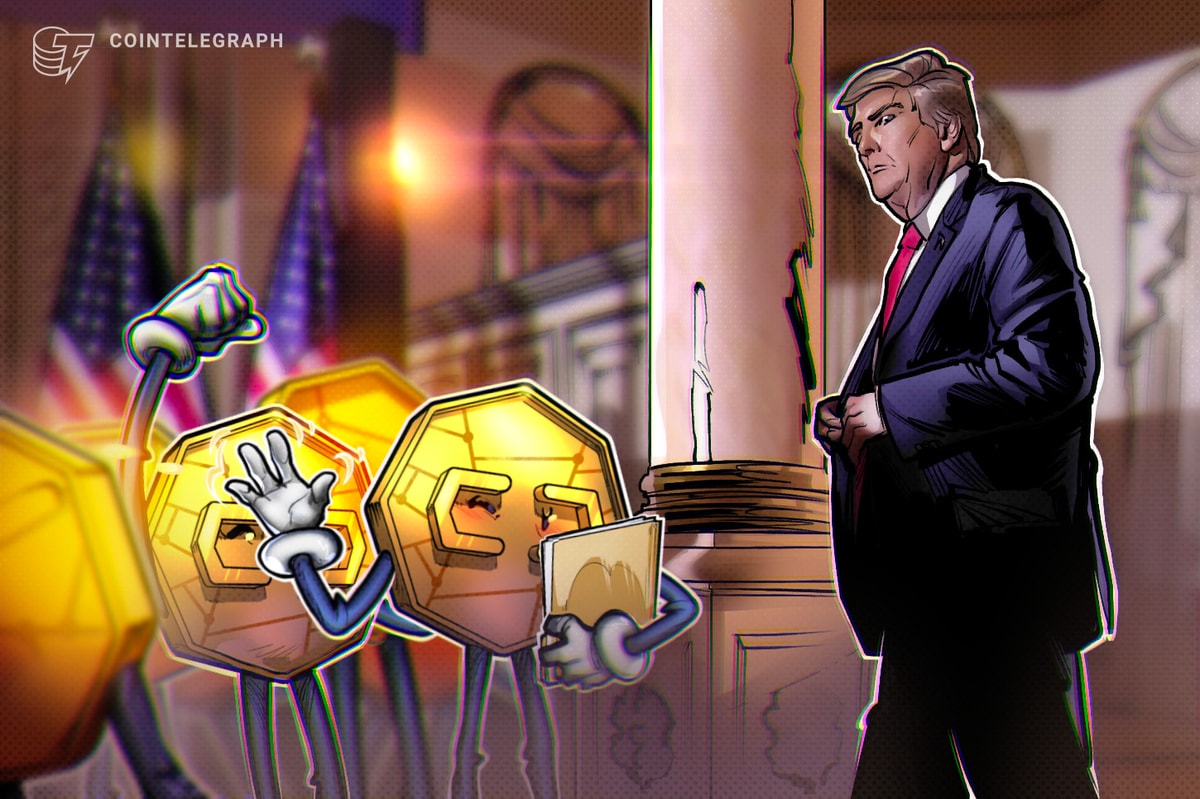



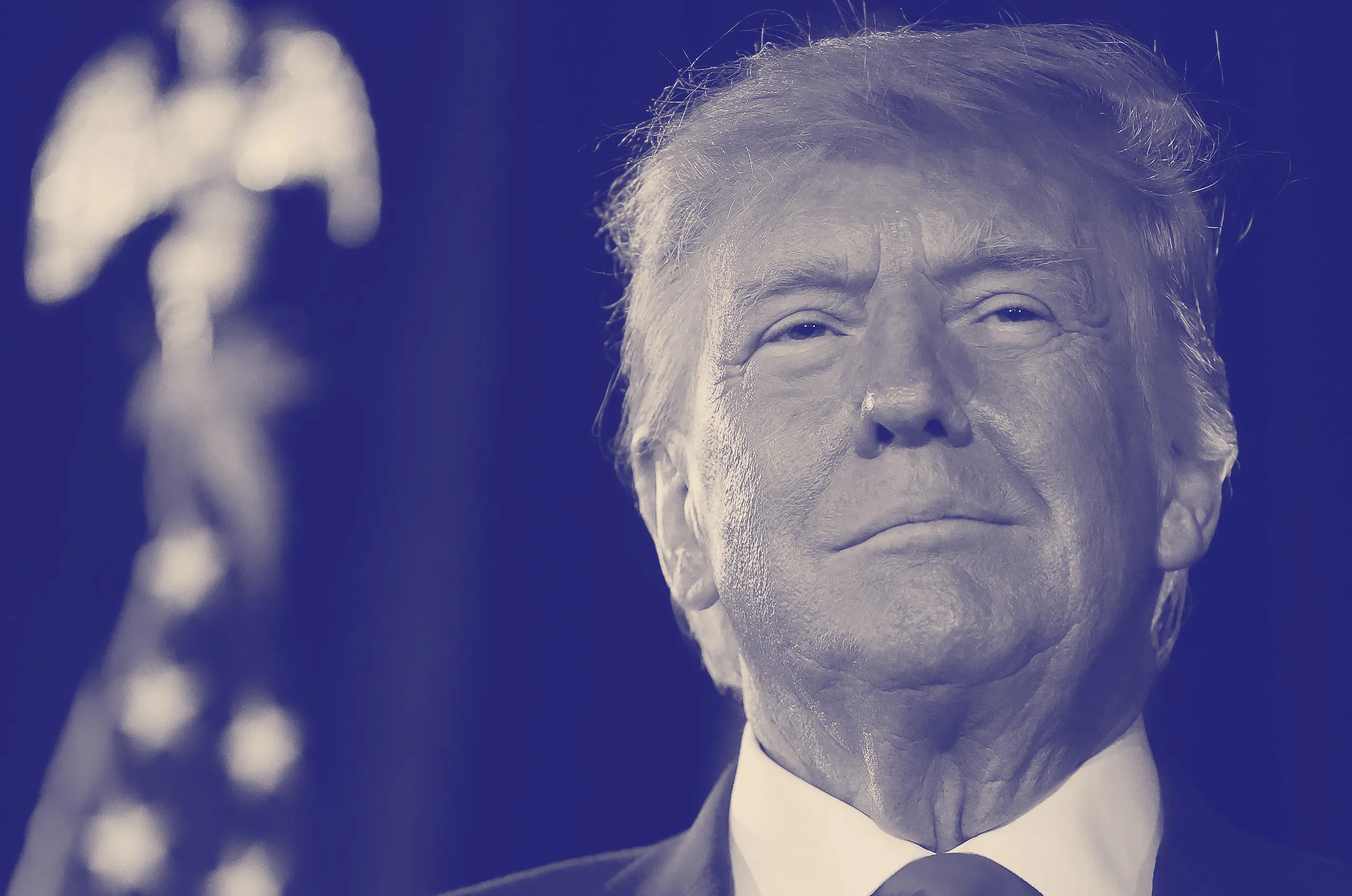
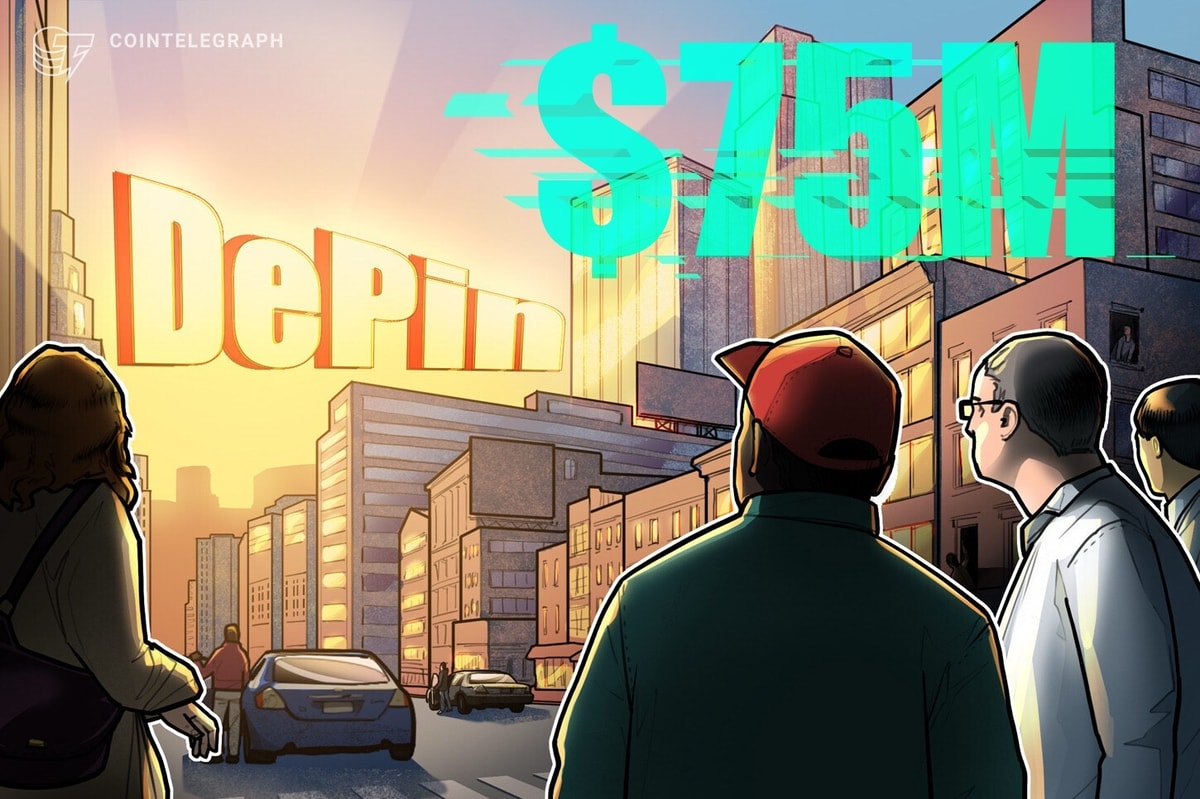
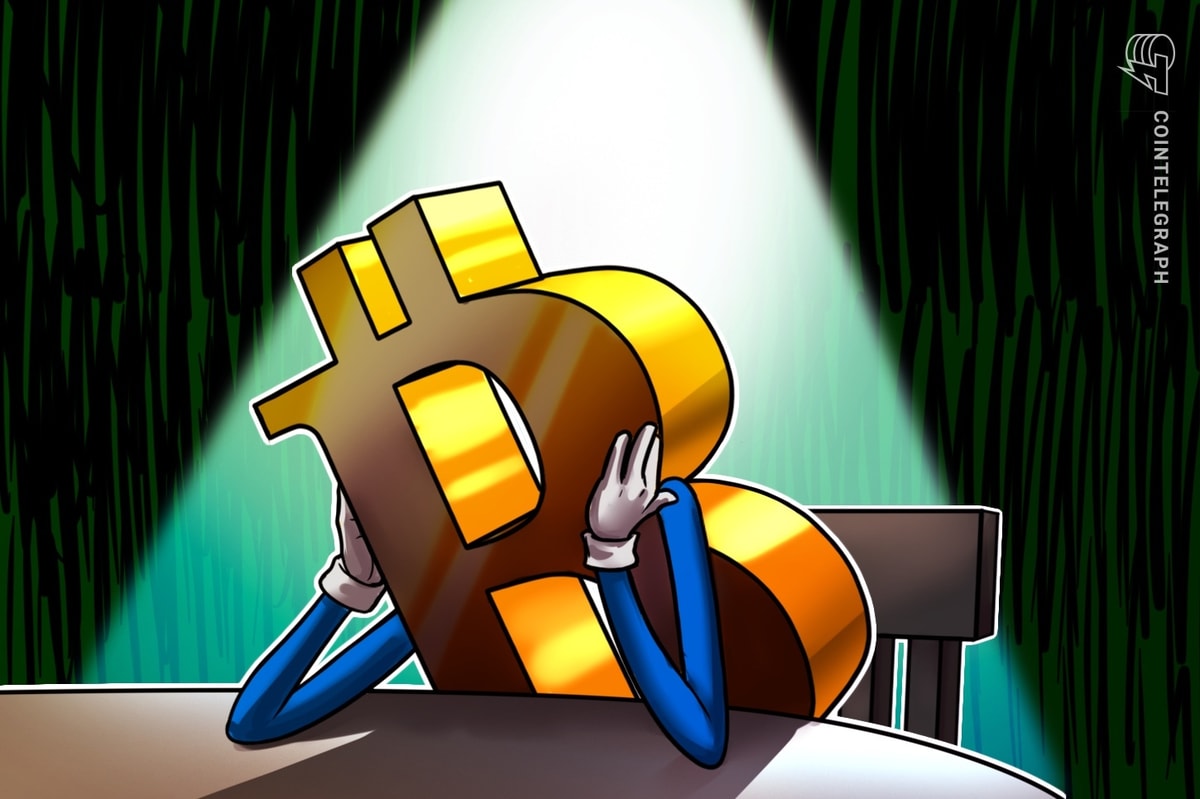
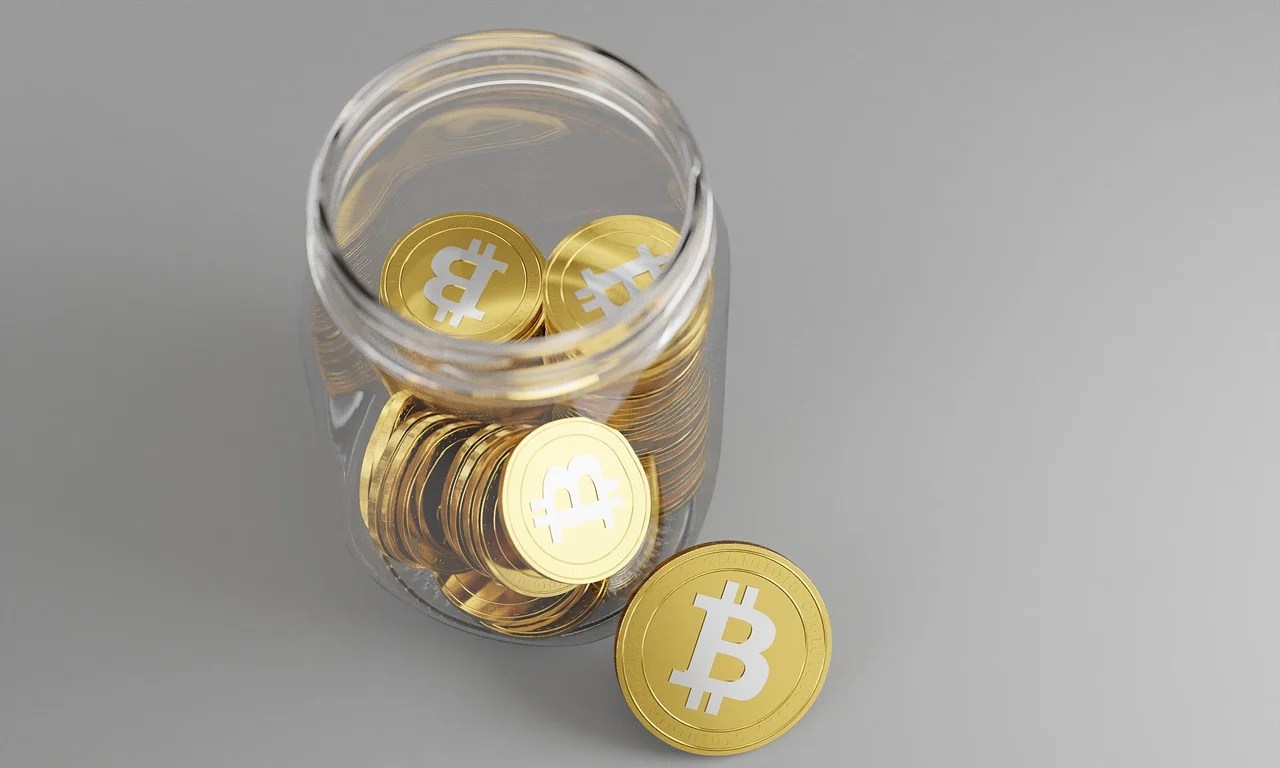

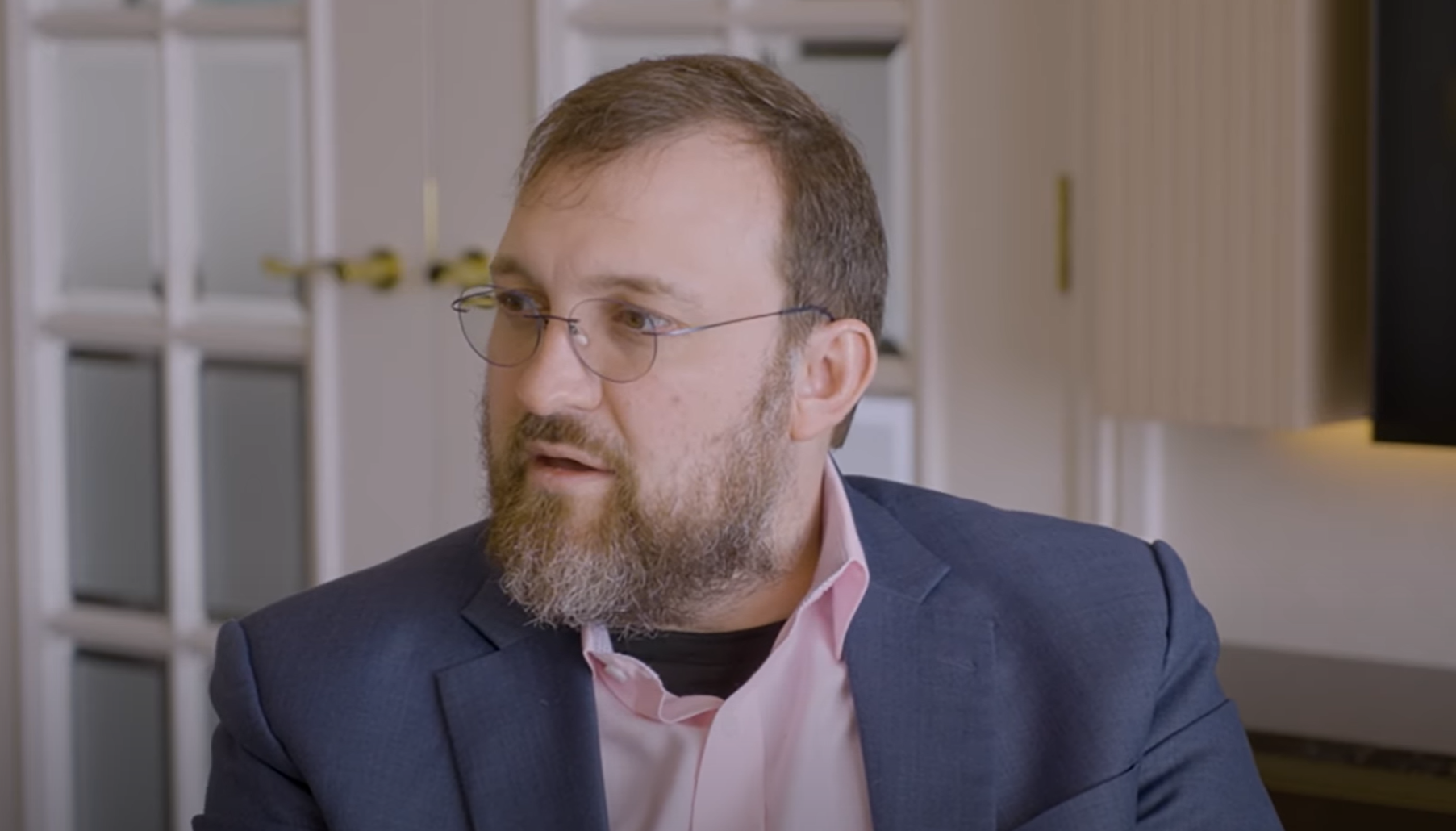

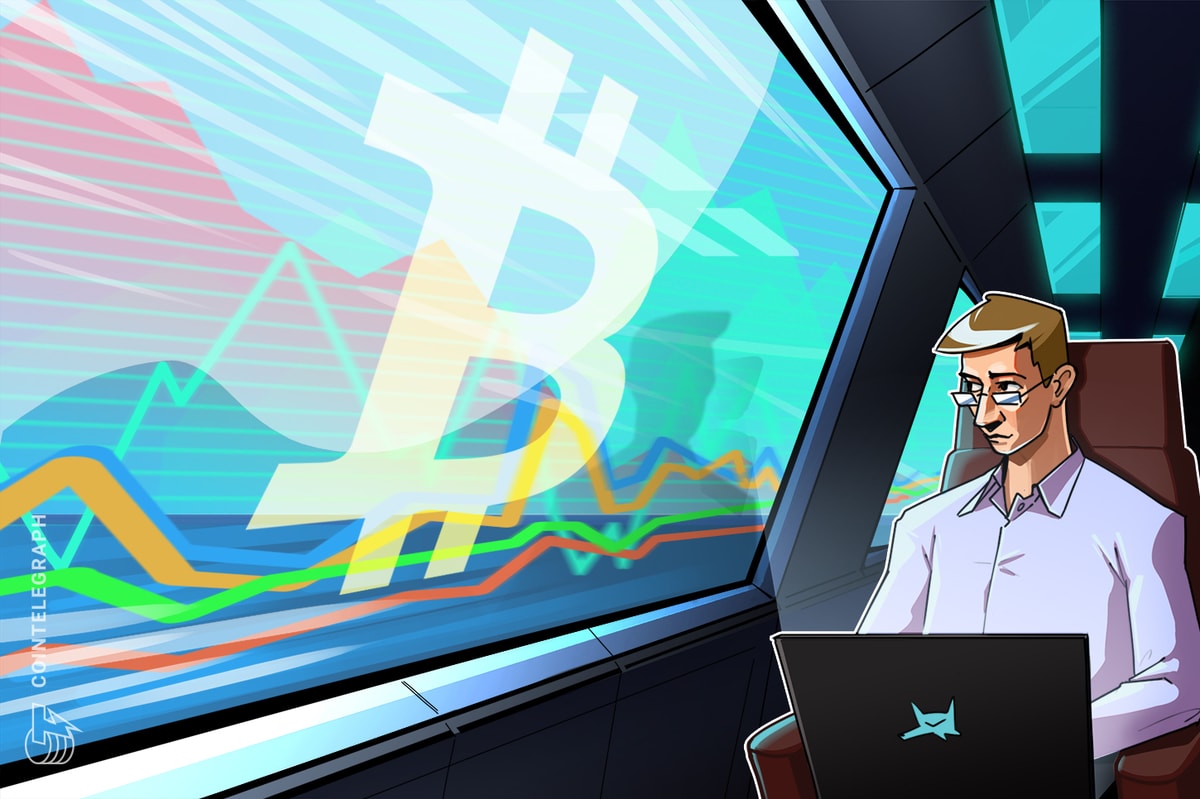


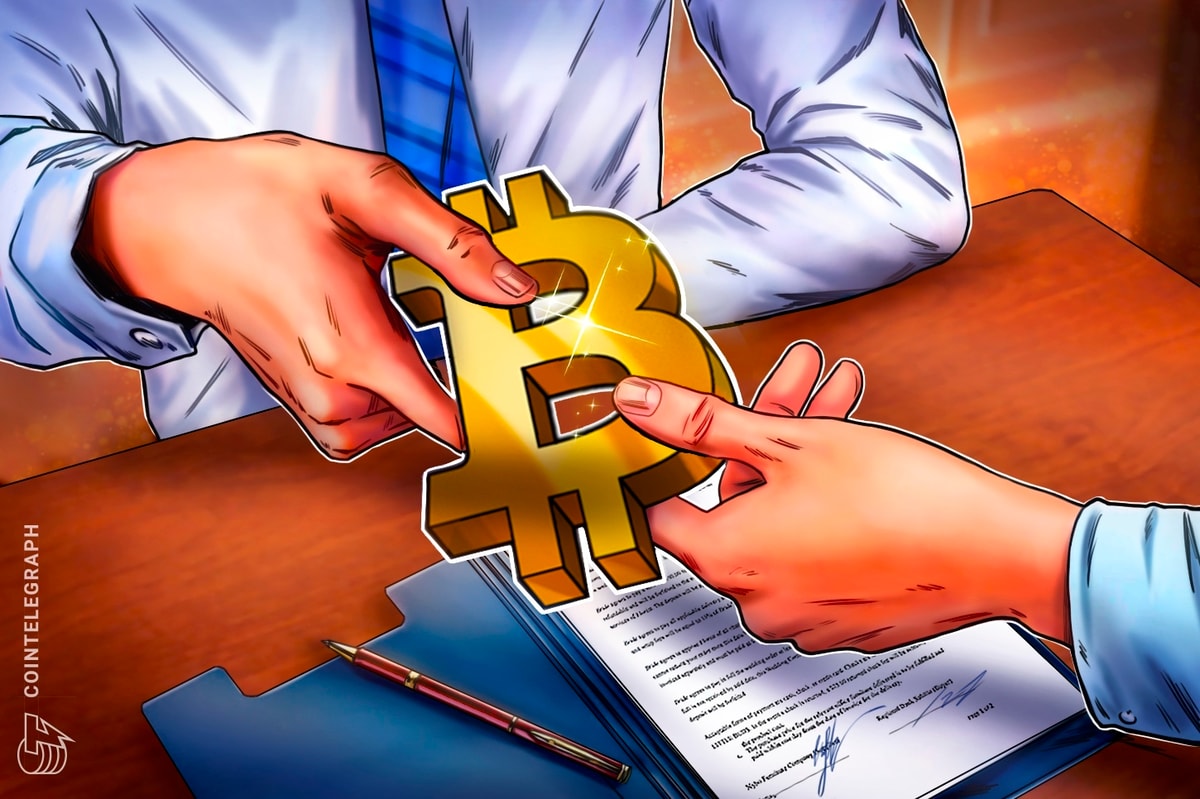








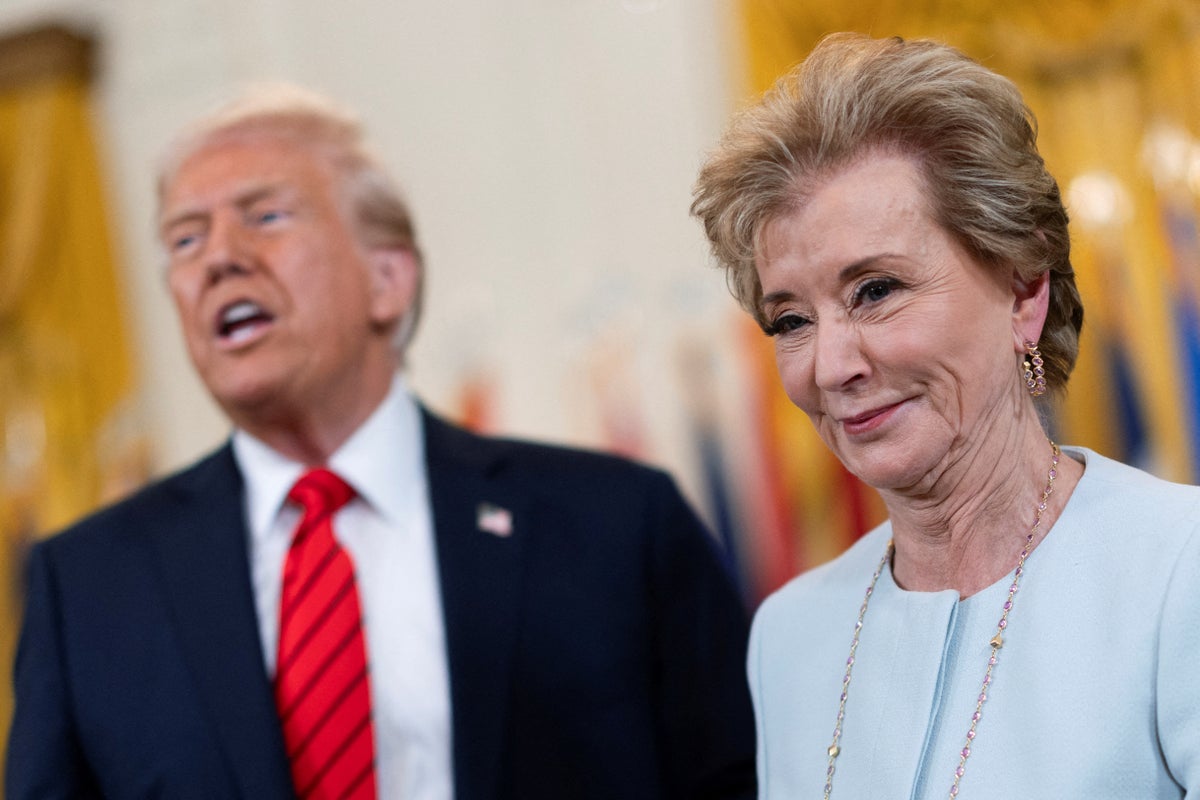







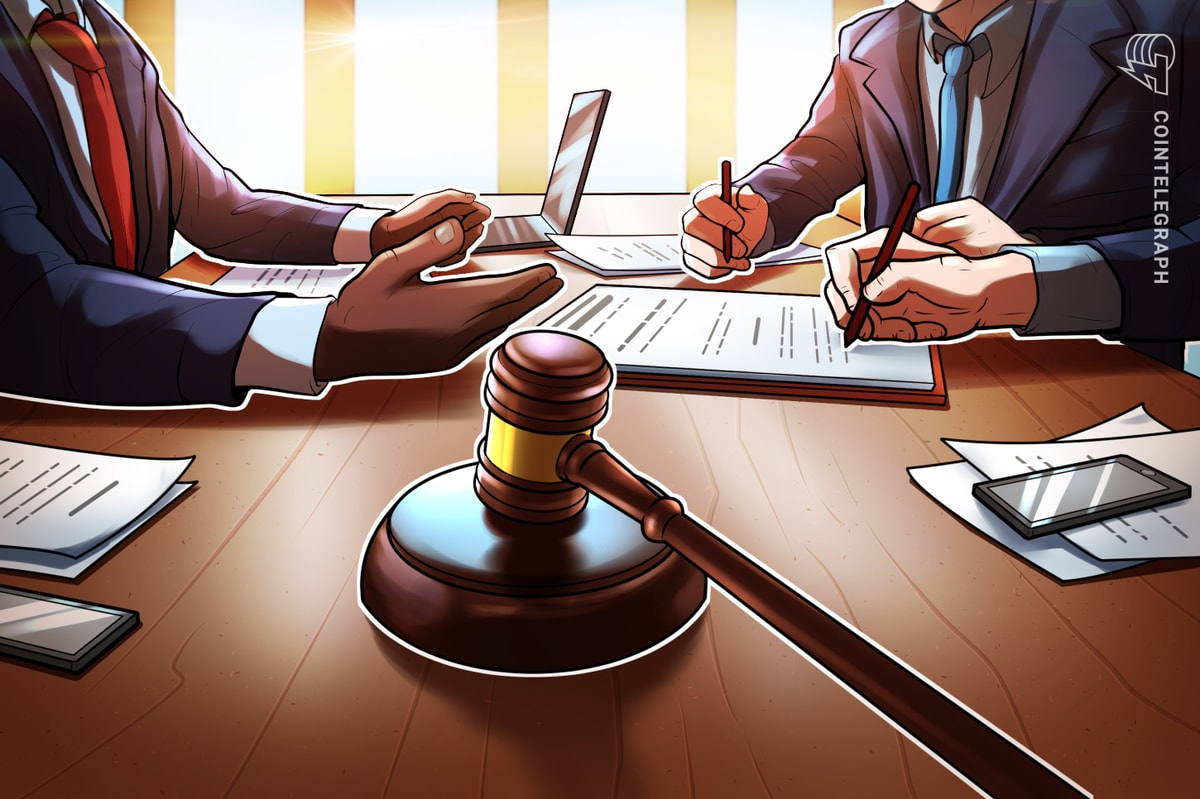
 English (US) ·
English (US) ·